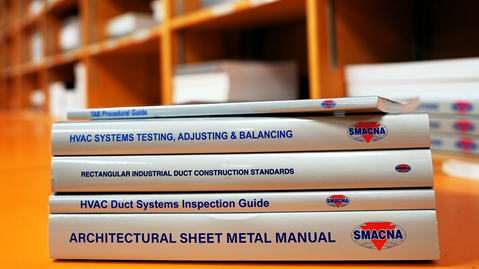Actuary's "Best Estimate" Needed for Withdrawal Liability Calculation
A federal judge in New York ruled that using the “Segal Blend” interest assumption to calculate a withdrawing company’s multiemployer pension liability was a “mistake” and unsupported by the record.
A federal judge in New York ruled that using the “Segal Blend” interest assumption to calculate a withdrawing company’s multiemployer pension liability was a “mistake” and unsupported by the record. While this decision may have hinged on the specific testimony and circumstances present in the case, it does serve as a reminder that pension plans should review and document the interest rate assumptions used in their fund’s withdrawal liability calculations.
The Segal Blend Method
The Segal Company is a well-known and distinguished actuarial firm that provides services to multiemployer plans. The Segal Blend method is a proprietary method of valuing a plan’s unfunded vested benefits to calculate withdrawal liability by blending the plan’s investment-return interest rate assumption with the lower risk-free rates published by the Pension Benefit Guaranty Corporation (PBGC).
Use of the Segal Blend method currently may result in a greater withdrawal liability number for the pension plan to collect, because the blending of the two rates (the investment-rate of return with the PBGC rate) results in a lower interest rate for calculating withdrawal liability. A lower interest rate assumption in calculating withdrawal liability will result in higher withdrawal liability calculations.
The case involved a series of alleged partial withdrawals by The New York Times Company (NYT) from the Newspapers and Mail Deliverers’ Publishers Pension Fund. The Fund assessed withdrawal liability in excess of $33 million, which was calculated using the Segal Blend.
An arbitrator generally upheld the fund’s assessment of partial withdrawal liability. The fund and the NYT each then sued in federal court to enforce and vacate the arbitrator’s award, respectively.
Segal Blend Was Impermissible Because It Was Not the Actuary’s “Best Estimate”
The NYT argued that the Segal Blend method was impermissible as a matter of law, relying upon a 1993 U.S. Supreme Court decision and the requirements of § 4213(a) of ERISA. The district court rejected this argument finding that § 4213(a)’s requirement that a withdrawal liability actuarial assumption be reasonable “in the aggregate” meant that a different assumption may possibly be used for determining withdrawal liability.
Section 4213(a) of ERISA also requires, however, that the actuarial assumption used to calculate withdrawal liability “offer the actuary’s best estimate of anticipated experience under the plan.” The evidence established that the Segal Blend was not the actuary’s “best estimate” for withdrawal liability, because the actuary stated in her testimony that the investment-return assumption of 7.5% was her “best estimate of how the Pension Fund’s assets...will on average perform over the long term.” This contradicted the use of the lower Segal Blend 6.5% rate derived by blending the 7.5% “best estimate” assumption with the lower, no-risk PBGC bond rates.
The district court found that “the actuary’s testimony, combined with the untethered composition of the Segal Blend…create ‘a definite and firm conviction that a mistake has been made’ in accepting the Segal Blend…” The district court reversed the arbitrator’s decision and indicated the withdrawal liability should be recalculated using the 7.5% assumption, unless additional evidence established a more appropriate rate.
Bottom Line
For pension funds that use the Segal Blend method for calculating withdrawal liability – or any method with rates that differ from investment-return rate, such as using PBGC rates – an examination as to whether this approach is the actuary’s “best estimate” may be in order.
For more information on withdrawal liability, please contact Joye Blanscett in SMACNA’s Labor Department.
Trustees should not construe these resources as legal advice and are urged to consult with their own fund counsel to determine whether any action is permissible or advisable.
CONTENT REVIEWED:

Technical Standards
Shop the SMACNA bookstore for all technical standards, including the most recent editions and recently revised manuals.
Shop Now